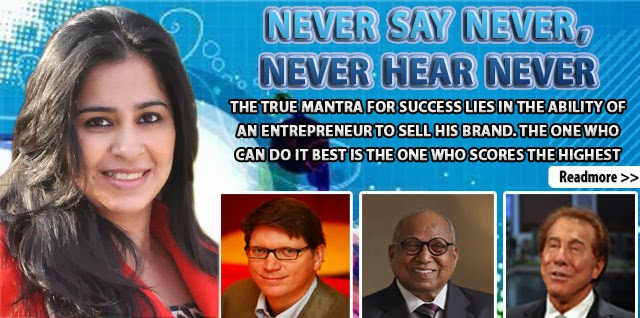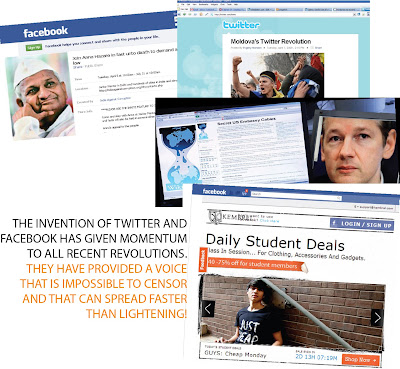44 days that shook the world of cricket
When push comes to shove and the jaw meets the glove, what wins is what sells – a ruthlessly honest commentary on why IPL rocked... and ICL shocked!
20th February 2008! 78 of the world’s best cricketers passed under the gavel of Richard Madley, an English auctioneer. It was a day that changed cricket forever. According to a BBC correspondent, the day was more frantic than the day Britain decided to go to war in Iraq. Eight teams were created and eight owners emerged in whose hands now laid the future of cricket. As for the cricketers, they earned a dream job. Consider Mahendra Singh Dhoni; he earned £7,50,000! Not bad for 44 days of work. Yes, when IPL (Indian Premier League) was launched a few months back, no one realised that history was once again being created. A similar thing had happened years ago in 1977 in Australia. The Australian media magnate Kerry Packer introduced the world to a different kind of cricket. He replaced the revered white cricket clothing with coloured ones. Test series were replaced with ODIs (One Day International). Cricket’s ruling body mocked at it and called it “pyjama” cricket – but this new form of day-night cricket, played under lights and with coloured clothing, became the biggest hit and one of the most successful forms of the game.
There’s more to cricket than cricket
Kerry Packer was refused the rights to an exclusive television coverage. And his grudge resulted in the new break-away ODI cricket. Subhash Chandra of Zee Network tried to do something similar last year when he introduced the Indian Cricket League. “Where dreams can come alive” was the way ICL promoted itself. Kapil Dev was the face of the campaign, its brand ambassador. ICL stood for recognising individual talent. It was a place where a journey from a village to a cricket stadium was possible and Kapil Dev suited the role best, and the punch line was ‘sapne manzil tak’. However, its glory was short lived for the “sapne” of ICL could not reach their “manzil” as it had to face the might of IPL, the “manoranjan ka baap”. Yes, that was the title of the 75 second commercial that was made to launch IPL; and ICL found itself clean-bowled even before it started.
Cricket is the lifeline of Indians. There is hardly any other nation where the game generates such frenzy, such hype. If Kerry Packer changed the game, then IPL took it to dizzying heights. In India, cricket is not just a game, it’s a form of entertainment and IPL has shown what you can do with cricket. If reality shows are a big hit with audiences in India, then IPL showed how cricket was the “baap” of all reality shows. Cricket today is one of the ‘buzziest’ properties on television and IPL tops that chart. Not just did they have sponsors lined up, but they were ready to go to any length to derive the maximum mileage from the event. So not just did they indulge in high-voltage brand building exercises, they were also ready to pay more than Rs.7 crores to Sony Entertainment Television (SET) to prevent their rivals from advertising during the matches. Remember in the 1996 World Cup, though Coca-Cola was the official sponsor, it was Pepsi that stole the limelight with its cheeky “Nothing Official About It” campaign. This time around, advertisers didn’t want to be “ambushed” and used the “roadblock” strategy to keep competition at bay.
So Vodafone Essar Ltd. and Hyundai Motors India signed deals that gave them “exclusivity” and kept their competitors out. Vodafone was the presenting sponsor and this way, it ensured its biggest rival Airtel remained away.
When a product is packaged well and is guaranteed to grab eyeballs, marketers can do wonders with it. IPL was a marketer’s delight while ICL – though the first to enter the market of Twenty 20 – faded in comparison. Not surprising that though both formats IPL and ICL were/are similar, IPL scored more. A Twenty-20 format is shorter, more action packed; and IPL marketed it like a blockbuster movie. So every evening people had something exciting to look forward to. Not just the cricketers and the audience, but advertisers and ad agencies too benefited a lot from these games. BCCI, Sony and the eight teams together spent about Rs.160 crores on promoting IPL. The ad agencies had a field day! Not just the WSG, the sports marketing company that holds the global rights for IPL has committed to spending around Rs.450 crores on promoting the IPL brand over the next 10 years.
IPL was a case of a product packaged and marketed well. It had glitz-and-glamour with the top Bollywood stars and corporate honchos stepping in as owners of the six teams. It had high-decible advertisements. It had the world’s best cricket players playing. Not surprising then that ad rates escalated from Rs.2 Lakh per 10 seconds to Rs.10 Lakh for the semi-finals and finals of the matches. Not just this, according to “aMap” ratings, IPL managed an average television rating (TVR) of 4-5 while the TVRs of the small box’s popular K-serials – Kahani Ghar Ghar Ki and Kyunki Saas Bhi Kabhi Bahu Thi – are 5 and 5.5. In fact, the first IPL match between Kolkata Knight Riders and Bangalore Royal Challengers registered a TVR of 8.75 in Mumbai! Why not... It had Shahrukh rooting for his team, surrounded by the big Bollywood stars who came to support Shahrukh. The event was more Star-studded than a Filmfare Awards night probably, not to forget the cheerleaders! India had never seen anything like this before and lapped up every iota of the event.
With IPL, the advertising industry got another major contributor to its total advertising pie - a total net addition of Rs.300 crores.
ICL could not keep up with Shahrukh’s wits and Preity Zinta’s dimpled smiles and hugs for Yuvraj and her team’s players! It tried to work up the same magic with Rakhi Sawant, but could not generate the same excitement. Its 10 second spots this time reportedly went for as low as Rs.60,000-70,000. And its TVR had an average of 0.3. Its ad punchline, “Cricket hain meri life” was unable to hold the interest of the viewers for long. Somehow, ICL could not garner the charm of IPL. Today, IPL is looked at as ‘Premium Property’, while ICL is a ‘Budget Buy’. Somewhere, the packaging failed for ICL.
The good, the bad, the ugly
It’s said that the BCCI showed its ugly side when ICL was launched. Till then, it was a monopoly, and with ICL, its position was threatened, so it showed its might. It issued guidelines warning players that anyone who joined ICL would be banned for life. It refused ICL to use any grounds used by it to play the matches. Too top it, ICL decided to telecast its matches (of season 1) on Zee Sports, which had hardly any reach and advertisers didn’t like it; so ICL landed up with no cricketers, no stadiums and no advertisers.
You may say BCCI played dirty, but as it is said, everything is fair in love and war. After all, to IPL’s Rs.160 crores ad budget, ICL had Rs.20 crores; to IPL’s 78 international players, ICL had just 10; to IPL’s Shahrukh and Preity Inc., ICL had Rakhi Sawant & Co. Who would win - you decide. Fair or unfair, BCCI has pulled it off and made a big brand out of IPL. In the end, it’s the thing that sells which wins and IPL has given us those exciting 44 days that shook the world of cricket forever!


Comments
Post a Comment